
An early morning brawl in downtown Cincinnati on July 26 quickly escalated from a local disturbance into a national flashpoint, propelled by viral video footage circulating across social media platforms. The incident, occurring near the intersection of Fourth and Elm streets, led to six arrests and a complex web of charges, igniting widespread concern over public safety and urban order. Officials and community members alike have grappled with the implications of the violent encounter, which left multiple individuals injured and spurred a multifaceted investigation. The aftermath has brought to light a range of perspectives, from allegations of coordinated attacks by prosecutors to claims of self-defense and provocation from defense attorneys. As legal proceedings unfold, the incident continues to spark intense debate about accountability, racial dynamics, and the responsiveness of city governance.
Among the initial individuals charged were Montianez Merriweather, 34, and Jermaine Matthews, 39, both facing serious counts including felonious assault and aggravated riot in Hamilton County Municipal Court. Merriweather, who was already out on bond for unrelated felony charges stemming from a July 10 indictment involving a stolen firearm, received a substantial $500,000 bond during his July 30 arraignment. Matthews was initially given a $100,000 bond, with an additional bond anticipated as the investigation progressed. The severity of the charges reflects the gravity with which authorities are treating the downtown altercation.
Cincinnati police Detective Barney Blank presented a detailed account, asserting that video evidence indicated a coordinated assault between Merriweather and Matthews. Blank stated that footage showed Merriweather walking up to Matthews, whispering something, then approaching one of the victims from behind before striking him in the face. This initial blow, according to Blank, served as “the catalyst that set almost everything else into motion from that point on.” The detective emphasized the calculated nature of Merriweather’s actions, underscoring the prosecution’s view of the incident.
Following the initial strike, Detective Blank described Merriweather and Matthews chasing the retreating victim to the ground, where they proceeded to punch and kick him. Blank further alleged that Merriweather then pursued another man, broadening the scope of the violence. Assistant Hamilton County Prosecutor David Hickenlooper characterized the events as “extreme behavior, extreme violence,” reinforcing the prosecution’s stance on the severity of the alleged crimes.
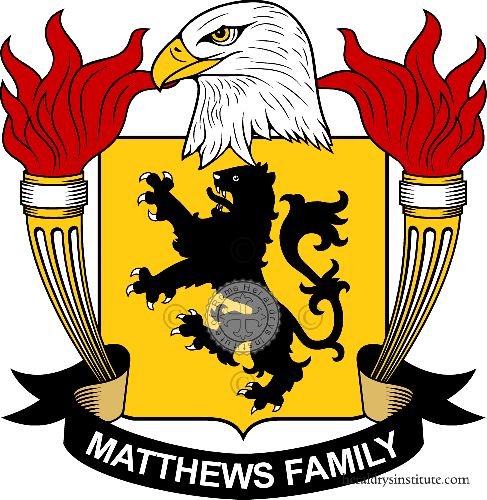
Detective Blank’s testimony also implicated Matthews directly in the physical assault. He stated that video footage depicted Matthews knocking a victim to the ground and then kicking him multiple times in the face and chest. Matthews was also observed going after another victim, according to Blank’s account. This depiction of Matthews’ involvement aligns with the prosecution’s argument that the assault was a concerted effort rather than a spontaneous eruption of violence.
Conversely, attorneys representing Merriweather and Matthews have strongly contended that their clients were not the instigators of the fight. Brandon Fox, Matthews’ attorney, stated that “What was released on social media is not all of the evidence,” asserting that the public portrayal, which included the Vice President of the United States describing it as a “mob” attack, “just simply isn’t what occurred.” This defense strategy seeks to challenge the prevailing narrative established by the viral videos.
Fox explained that Matthews was purportedly standing on a street corner attending to his business when a separate fight erupted on the sidewalk. According to Fox, Matthews intervened in an attempt to de-escalate the situation. Upon his return, the attorney claimed, a man was observed kicking Matthews’ business vehicle. This account presents Matthews as a peacemaker and a victim of property damage, leading to a confrontation.
Fox elaborated that when Matthews confronted the individual damaging his vehicle, he was allegedly slapped in the face. While Detective Blank acknowledged that police are indeed investigating the victim first striking Matthews, he also noted that earlier video footage showed Matthews “squaring up” with another individual prior to the alleged slap. This suggests a more complex sequence of events, where both parties might have engaged in confrontational behavior. Matthews later turned himself in to authorities, while Merriweather was apprehended by the Cincinnati Police Department’s fugitive apprehension unit.

Merriweather’s legal troubles extended beyond the July 26 brawl, as he had been indicted on four felony charges on July 10. These charges stemmed from investigators finding him in possession of a stolen firearm. Court records detail accusations of carrying concealed weapons, receiving stolen property, improper handling of firearms in a vehicle, and weapons under disability. The last charge is particularly significant, as it is linked to a prior felony conviction in 2009 for aggravated robbery, for which Merriweather served seven years in prison.
Jermaine Matthews also has a history of felony convictions, with prosecutors noting three prior drug offenses. These past legal records of both Merriweather and Matthews are presented by the prosecution to establish a pattern of behavior or to contextualize the severity of the current charges. The defense, however, would likely argue these past convictions are irrelevant to the specific events of July 26 or that their clients have reformed. The legal battle is multifaceted.
The investigation also led to charges against Dekyra Vernon, 24, who faces felonious assault, assault, and aggravated riot. Vernon is specifically accused of inflicting “serious physical harm” upon a woman by striking her in the face during the altercation, causing the woman to lose consciousness, according to court documents. Her bond was set at $200,000, indicating the seriousness of the allegations against her. Her alleged actions are distinct from the primary altercation involving Merriweather and Matthews.
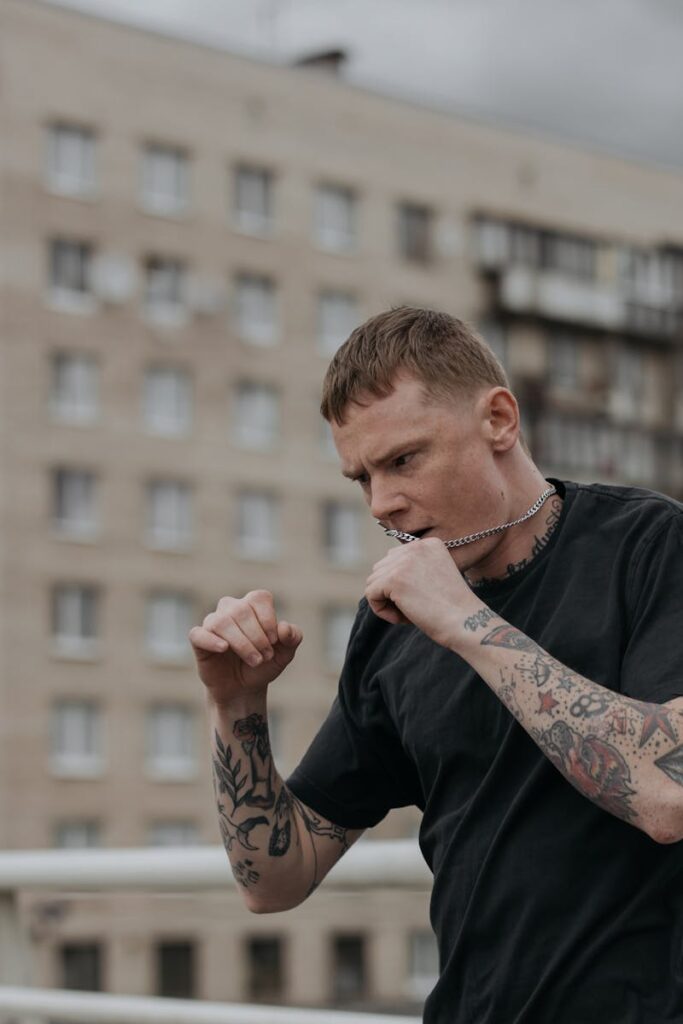
Detective Blank testified that Vernon, initially a bystander observing the brawl, approached and punched a Russian woman who was attempting to protect someone on the ground. Blank highlighted that Vernon was not involved in any preceding arguments. “She just interjected herself into a brawl on the street,” Blank stated, suggesting her involvement was unprovoked and opportunistic. The Russian woman, a victim in this specific alleged assault, reportedly returned to Russia shortly after the incident.
Desiray Merriweather, Montianez Merriweather’s cousin, offered a different perspective on the incident, speaking with reporters outside the courtroom. While expressing sympathy for the victims, including the woman who lost consciousness, she questioned the intensity of the nationwide response if the victims had been Black. “What if it was an African American who was the one who got knocked out? Would we be down here today? Would we be going through this stuff?” she asked, concluding, “I don’t feel like we would.” This introduces a significant racial dimension to the public discourse surrounding the event.
Montianez Merriweather’s family further claimed that he was subjected to spitting and racial slurs in the moments leading up to the brawl. His cousin also noted that many people were out early in the morning for post-festival partying, as it was the weekend of the Cincinnati Music Festival, historically the largest annual driver of tourism in the area. These details suggest a chaotic environment and potential provocations preceding the widely publicized violence. “Both parties could have walked away,” Desiray Merriweather lamented, reflecting on the escalating situation.
New body camera footage released by police provided a glimpse into the immediate aftermath of the beatdown. Officers arrived at the scene around 3:25 a.m. on Saturday, July 26, responding to a single 911 call. A 62-year-old man, a victim, told an officer, “I was attacked. I got attacked by multiple people,” sounding dazed and adding, “It just got out of the bar and it just got crazy.” This detail underscored the chaotic nature of the event and the apparent surprise of some victims.
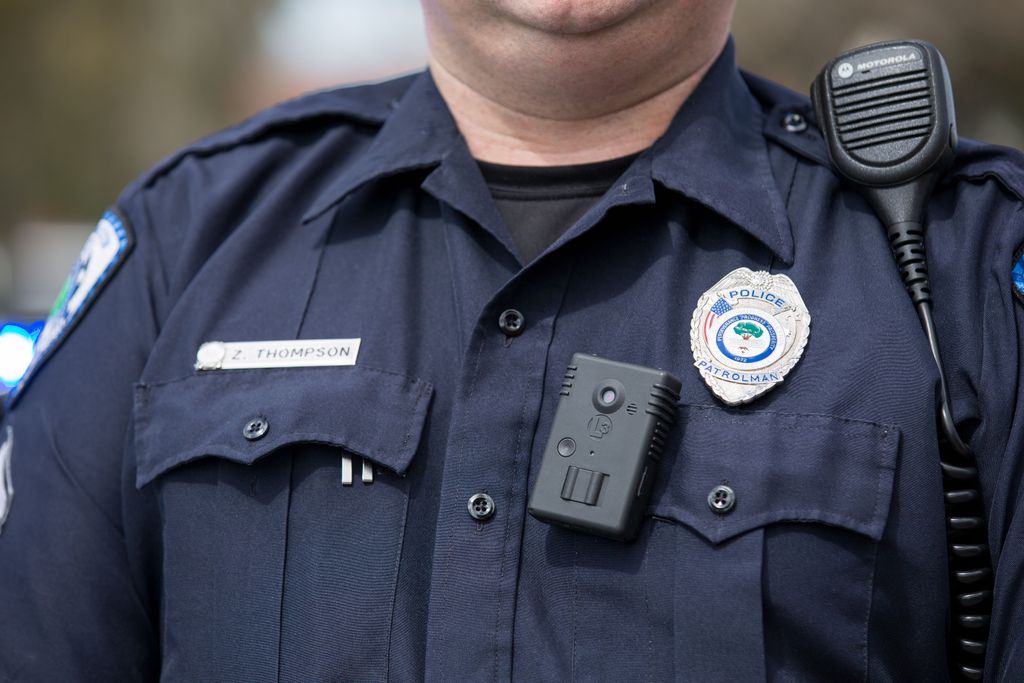
Another officer’s body camera video captured conversations with witnesses, with one female officer inquiring if the “argument was about wings,” indicating a potential trigger for the initial dispute. A man responded, “I heard it was the one white guy who called the guy a n—–“. This witness account introduces the possibility of racial slurs as a precipitating factor in the altercation, further complicating the narrative. The question of who “swung first” remains a point of contention and investigation.
In a significant development, all six individuals initially arrested in connection with the viral beating have been indicted by a grand jury, now facing additional charges. Patrick Rosemond, 38, Jermaine Matthews, 39, Montianez Merriweather, 34, DeKyra Vernon, 24, Dominique Kittle, 37, and Aisha Devaughn, 25, are each charged with three counts of alleged felonious assault, three charges of assault, and two charges of aggravated rioting. Hamilton County Prosecutor Connie Pillich unequivocally condemned the incident, stating, “What I saw on video is not the Cincinnati I know and love,” and affirming, “These charges hold those involved in the attack accountable.”
The update from the prosecutor’s office came nearly two weeks after bystander video of the brutal beatdown on the corner of Fourth and Elm streets went viral, sparking national outrage. Local leaders faced intense pressure to address the violence and its underlying causes. Witness Jay Black, who captured some footage, described seeing “the so-called victims being pretty aggressive toward the group of people that were already standing out there,” and observed a man getting up after being knocked down, still “going at people, you know, and using racial slurs.” He also noted that “a lot of people” were trying to break up the fight.
Read more about: From Dominance to Disruption: How Samsung is Re-engineering Its Future in the High-Stakes AI Chip Arena

The incident ignited a national firestorm, particularly drawing criticism for the perceived lack of police presence downtown when the fight occurred. It was revealed that only 11 officers were stationed downtown the night of the brawl. Cincinnati Police Chief Theresa Theetge highlighted the community’s role, stating that out of approximately 100 individuals present, only one person called 911. “That is unacceptable to not call the police,” Theetge asserted, adding, “Traffic was horrendous. People saw this. They were fighting in front of traffic. Why didn’t people call us?”
Among the victims, Holly shared a harrowing account of her experience, captured in additional footage being violently slammed to the ground and knocked unconscious while attempting to intervene and split up the fight. I remember being afraid, terrified,” Holly recounted, expressing the deep impact of the incident. She added, “I just remember my life flashing before my eyes, and all I can think is, ‘Dear God, I hope my children know that I love them.’
The horrific fight left Holly with significant and potentially life-altering injuries, including brain damage and a severe concussion. She conveyed the profound personal toll, stating, “I’m having someone help take care of me financially, mentally and physically.” Holly described her current state as “very humbling, it’s very embarrassing to not be able to just be able to hang out by myself.” The uncertainty of the long-term damage, she noted, was “the scary part.
Read more about: A Night of Brutality in Cincinnati: One Woman’s Fight for Survival and a City’s Reckoning with Urban Violence
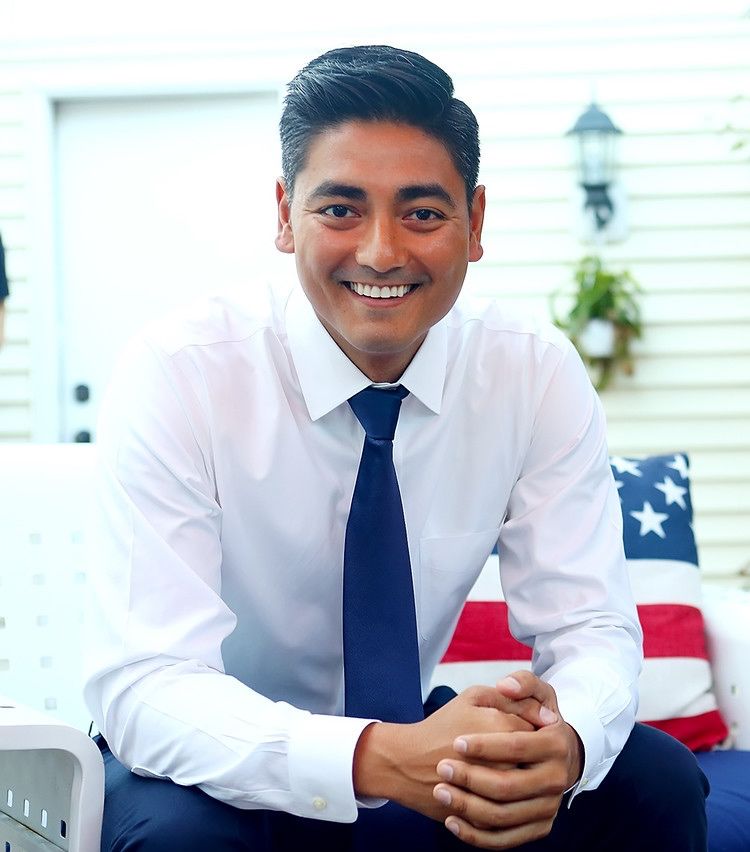
Cincinnati Mayor Aftab Pureval addressed the violence, emphasizing that preventing violent crime has been the “singular top priority” for city leaders. This was an awful incident, and our law enforcement has been working quickly and effectively to bring all responsible to justice,” Pureval stated, unequivocally declaring, “there is no place for violent crime in Cincinnati.” However, Mayor Pureval has since faced criticism for his administration’s handling of law enforcement, particularly regarding “relaxed bail policies.
Mayoral challenger Cory Bowman, who is also Vice President JD Vance’s half-brother, publicly criticized city leadership, contending that “police are not supported the way they need to.” Bowman argued that officers are “unable to do their jobs because they’ve been told time and time again that they have to use restraint in certain things instead of enforcing the law.” He further lambasted what he described as a “catch-and-release system” operated by prosecutors and judges, suggesting it allows violent offenders to return to the streets.
Council Member Anna Albi also condemned the “awful violence,” underscoring the responsibility of elected officials to ensure community safety. Albi stated, “That is why this City Council continues to invest in supporting and growing our police force while simultaneously investing in social services to foster safe and healthy communities.” These statements reflect a commitment to a dual approach, addressing both law enforcement capacity and underlying social factors.
The investigation continued to yield more arrests. Police announced the apprehension of 25-year-old Aisha Devaughn, who also faces charges of felonious assault and aggravated rioting. Prosecutors allege Devaughn committed “acts of violence” against both the woman knocked unconscious and a man on the ground, whom she allegedly “kicked, stomped” repeatedly. Her bond was set at $300,000. Dominique Kittle, 37, was another suspect arrested, facing two counts of assault and one of felonious assault for allegedly assaulting three people and attempting to take a wallet.
Read more about: A Night of Brutality in Cincinnati: One Woman’s Fight for Survival and a City’s Reckoning with Urban Violence

Kittle’s defense attorney claims he has paranoid schizophrenia and may not be competent for trial, asserting that Kittle was attempting to escape the fight and was provoked with a racial slur. “He was very impressionable that night,” his attorney stated. “He was scared … The situation started because he asked for his space, when he was made contact with. And then he was told ‘f*** your space, you don’t get personal space’ and then was called the n-word.” The sixth person arrested was Patrick Rosemond, 38, apprehended by the FBI’s Atlanta Metropolitan Major Offenders Task Force in Fulton County, Georgia. He faces two counts of felonious assault and aggravated rioting and awaits extradition to Cincinnati.
Chief Theetge also addressed the narrative surrounding the event, cautioning against the spread of information “without factual context” by social media users and traditional media outlets. She emphasized that “Social media, in the posts that we’ve seen, does not depict the entire incident,” representing only “one version of what occurred.” The Chief additionally stated that officers are investigating whether individuals were “over-served at local bars or restaurants,” believing “it is clear alcohol played a part in the fight.
Chief Theetge confirmed that police had identified six victims in total—five men and one woman. She reiterated the department’s firm stance: “I don’t care which side of the incident, the fight, they were on… that’s unacceptable,” referring to anyone who “placed their hands on somebody in an attempt to cause harm.” This statement underlines the comprehensive approach to accountability, regardless of who initiated or escalated aspects of the brawl.
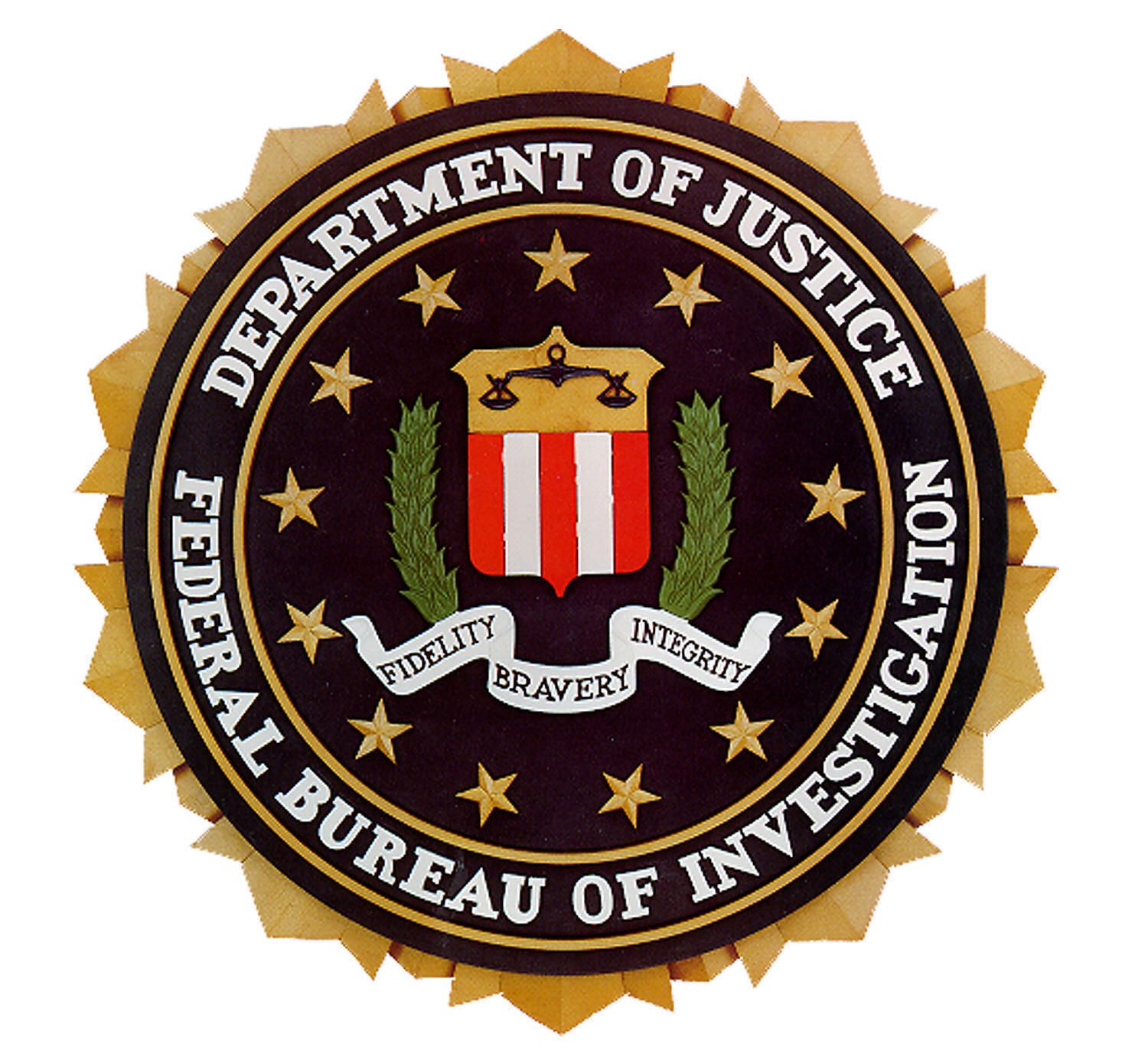
Adding another layer to the investigation, the FBI launched its own inquiry into the incident, specifically to determine whether civil rights violations occurred. This federal involvement highlights the significant societal impact and potential broader implications of the downtown Cincinnati brawl. Authorities continue to solicit public assistance, urging anyone with more information about the violent attack to contact Crime Stoppers.
Read more about: Sierra Wilderness Yields Somber Discovery: Man Found Incoherent as Homicide Investigation Unfolds in Remote Campsite
The events of July 26 in downtown Cincinnati have unfolded into a complex narrative of violence, accusation, and community reflection. The legal processes are ongoing, with suspects facing the possibility of substantial prison sentences, up to 29.5 years if convicted. As Cincinnati navigates the aftermath of an incident that captured national attention, the dialogue continues regarding public safety, the role of social media in shaping perceptions, and the enduring pursuit of justice for all involved. The path forward demands sustained attention to both immediate accountability and long-term community well-being.



